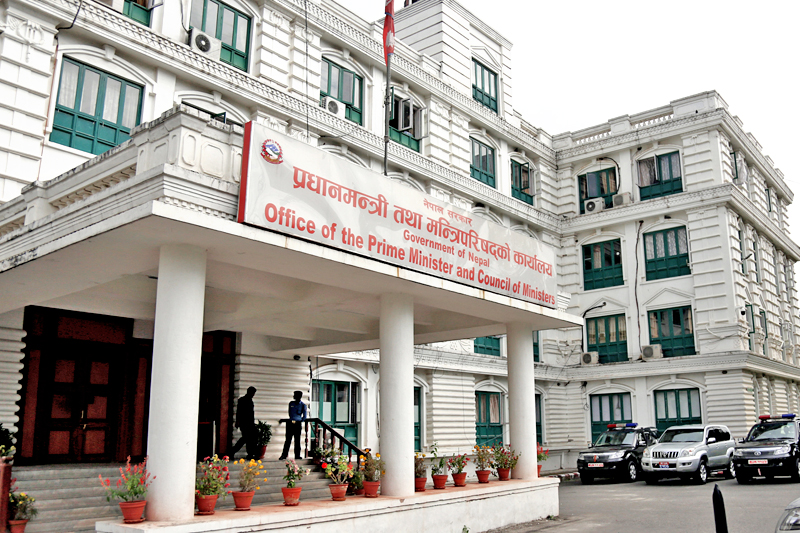Govt implements statistical system development strategy
Existing Statistics Act-1958 will be replaced with an umbrella act
Kathmandu, February 8
The government has implemented five-year National Strategy for the Development of Statistical System to fulfil the objectives of National Statistical System and United Nation’s Fundamental Principles of Official Statistics.
The strategy approved by the Office of the Prime Minister and Council of Ministers accords priority to the users and issues related to production of data and supply capacity that meets the need for statistics. The vision of the strategy is ‘establishment of well-coordinated, functional and strong National Statistics System’.
Its objectives are to develop a statistical system consistent with the federal structure by establishing coordination among federal, provincial and local governments involved in statistical activities; manage regular supply of statistics by producing reliable and quality data for the evidence-based policy formulation, development management and addressing the demand of users; and bring about institutional strengthening through legal and procedural improvements for the management of statistical functions.
As per the strategy, the government will restructure the National Statistics Council for mutual coordination of statistical activities among federal agencies, and for the effective coordination and relationship among the federal, provincial and local governments.
“Inter-agency/level technical committees will be constituted to facilitate the production of statistics by the federal government, and to maintain the quality of administrative data at provincial and local levels,” it says.
Similarly, statistical units in provinces and local levels will be strengthened and capacity and career prospects of existing human resources will be developed. Necessary measures will be undertaken to maintain uniformity in standard norms, frameworks, classifications, concepts and definitions.
Advocacy and training will be conducted to this end.
“Established norms, prevalent systems and best practices, along with technical knowledge will be exchanged in course of collection, production, management and supply of data.
Arrangement will be made for mutual support in the statistical activities to be carried out by an agency or level of government for harmonised production and supply of statistics,” it reads.
The strategy also envisages identification of useful indicators for aggregated national, sectoral, provincial or local level policies and plans, sustainable development goals as well as those relevant to national and international initiatives.
The indicators will be prioritised and production of data related to social, economic, environmental and governance sector will be emphasised. The production of statistics aiming to vision and periodic plans will be prioritised. A national data profile will be maintained by integrating data produced by various agencies and it will be updated regularly. A statistical calendar will be prepared aiming to complete statistical operation well before the formulation of national policies and plans.
According to the strategy, data generated by national level censuses, surveys, administrative records as well as from surveys, records, management information system and vital registration system carried out by the local levels will be collected, analysed and supplied by ensuring uniformity and quality. International standards, frameworks and norms will be followed while developing statistical supply system.
Likewise, the existing Statistics Act-1958 will be replaced with a new one which will be an umbrella act of statistical sector to regulate and manage statistical activities of all three tiers of government on the basis of power enlisted and responsibilities of the federal, provincial and local levels.
Attention will be paid to the use of modern means of information and technology, survey clearance system, designated statistical system, coordination and inter-dependencies on data sources in the new statistical system. This strategy will be applicable until 2023.






